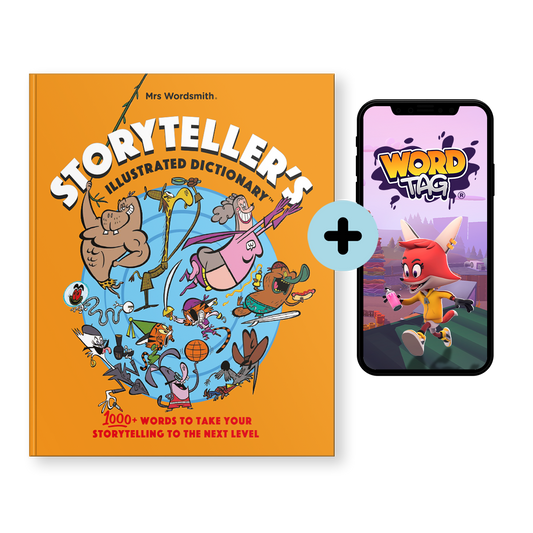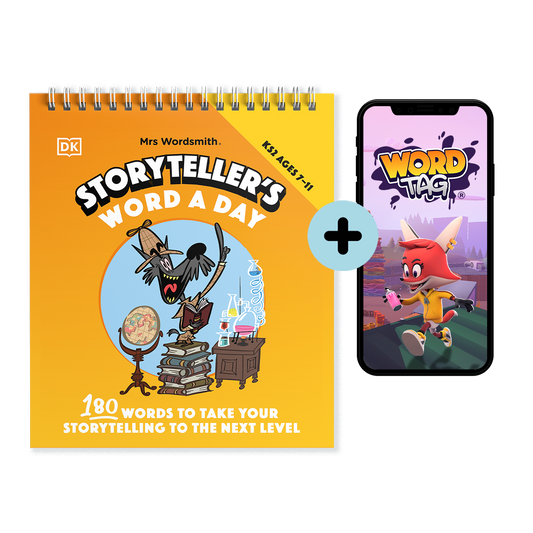Humans are natural storytellers. Stories shape how we understand the world, inspire action, and even drive societal change. But did you know that storytelling can also be a powerful tool in education? When combined with engaging characters, stories can significantly enhance children's learning experiences, making lessons more memorable and enjoyable.
Table of contents
- The Power of Stories in Learning
- Characters: The Heart of the Story
- Why Storytelling Works for Memory
- How to Use Storytelling in Education
- Final Thoughts: Learning Through Stories
The Power of Stories in Learning
Stories captivate us because they connect with our emotions and curiosity. For children, this connection is even more profound. Research shows that when educational content is embedded within a compelling narrative, children are more likely to stay focused, retain information, and feel motivated to learn [1]. As psychologist M. C. Green explains, a strong story keeps children engaged by sparking their innate desire to know "what happens next” [2]. This eagerness drives them to absorb more information as they follow the narrative. Whether it's a tale about historical events or a fictional adventure teaching scientific concepts, stories provide context that makes abstract ideas easier to grasp.
Characters: The Heart of the Story
Great stories are built around relatable and vibrant characters. These characters act as guides, helping children navigate new concepts while creating an emotional bond. When children care about a character, their brains process the experience as meaningful, leading to deeper learning [3]. For example:
- A child might better understand kindness through the adventures of a generous protagonist.
- A science lesson could come alive through the eyes of an inquisitive robot exploring space.
Research by Emily Reardon and colleagues highlights that interacting with emotionally engaging characters helps children feel relaxed and open to learning [4]. This emotional connection fosters an ideal environment for education, where lessons resonate on a personal level.

Why Storytelling Works for Memory
Learning isn’t just about absorbing facts; it’s about making those facts stick. Stories excel at this because they tap into our emotions and imagination. Emotional experiences are more likely to be stored in long-term memory, which is why we often remember the plot of a beloved childhood book better than a list of dates from history class.
How to Use Storytelling in Education
If you're looking to incorporate storytelling into your teaching or parenting strategies, here are some tips:
- Choose relatable themes: Align stories with children's interests or current challenges they’re facing.
- Introduce dynamic characters: Create or select characters that children can root for or identify with. For inspiration, check out our cast of adorable characters.
- Build suspense: Keep them curious by ending chapters or lessons with cliffhangers.
- Use multimedia tools: Combine visuals, audio, or interactive elements to make the story immersive.
- Encourage participation: Let children contribute by imagining alternate endings or creating their own characters.
Final Thoughts: Learning Through Stories
Storytelling isn't just entertainment; it's an educational superpower. By weaving lessons into narratives filled with engaging characters, we can transform how children learn. So next time you're teaching something new, why not try telling a story? You might just find that the best way to teach is through the timeless magic of "once upon a time."










 https://mrswordsmith.com
https://mrswordsmith.com
Comment
Leave a comment